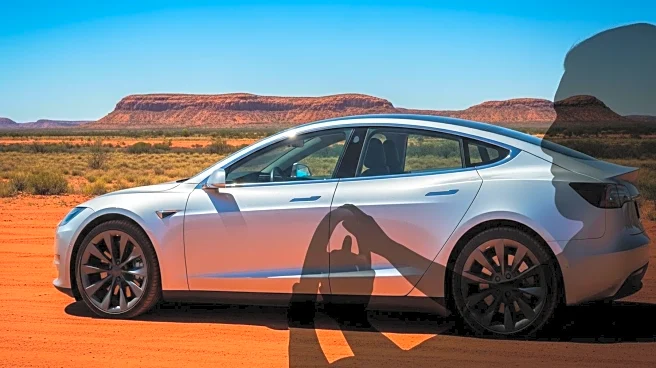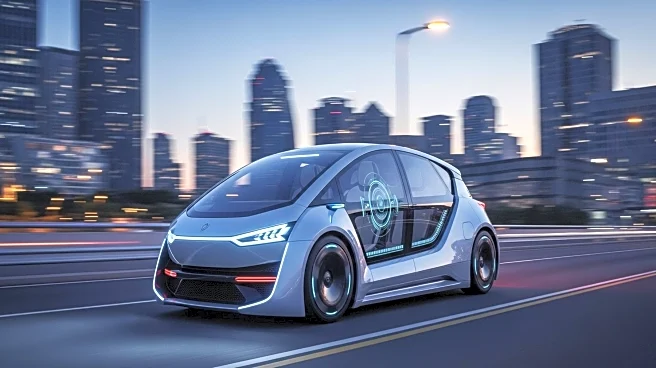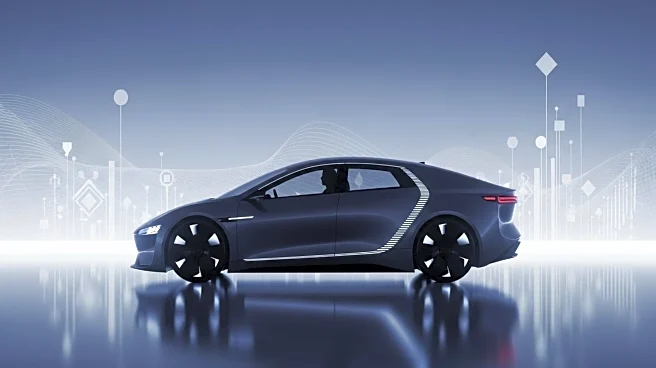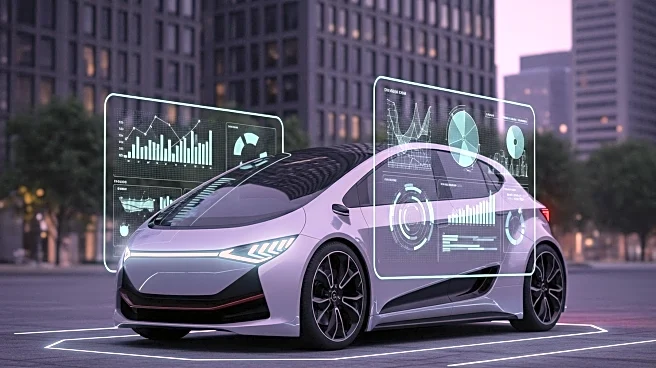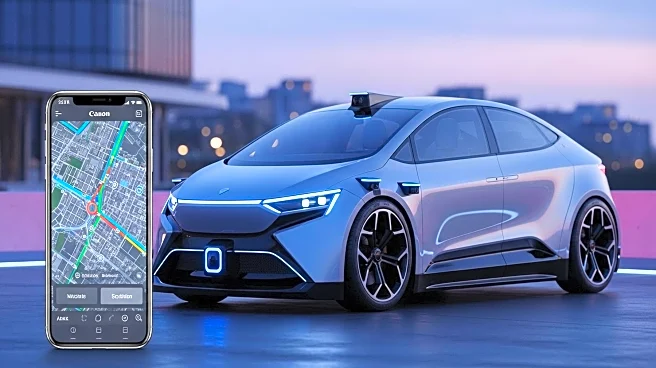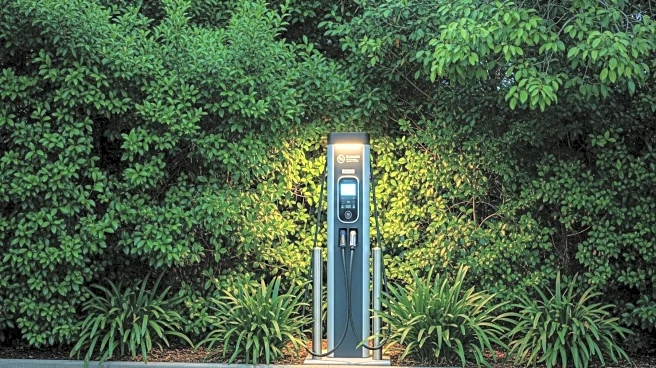What's Happening?
Tesla has announced the rollout of its 'Full Self Driving' technology in Australia and New Zealand, marking the first availability for right-hand drive markets. The software update, priced at $10,100, will be available for Tesla Model 3 and Model Y vehicles equipped with the necessary cameras. While the technology allows for hands-free driving, it has been met with mixed reactions due to reported flaws and safety concerns. Experts warn that the system is not fully autonomous and requires driver supervision, highlighting the need for caution as Tesla expands its self-driving capabilities.
Why It's Important?
The introduction of Tesla's self-driving technology in Australia represents a significant milestone in the adoption of autonomous vehicles. It underscores the growing interest in AI-driven transportation solutions, which could transform mobility and reduce reliance on human drivers. However, the technology's limitations and safety concerns raise questions about its readiness for widespread use. The rollout could influence regulatory discussions and public perception of autonomous vehicles, impacting Tesla's reputation and market position in the region.
What's Next?
As Tesla's self-driving technology becomes available in Australia, the company will likely focus on refining its system to address safety concerns and improve performance. Regulatory bodies may evaluate the technology's impact on road safety and consider adjustments to existing laws governing autonomous vehicles. Tesla's competitors, such as Waymo, may also respond by accelerating their own deployments, intensifying the race for leadership in the autonomous vehicle market.
Beyond the Headlines
The expansion of self-driving technology raises ethical and legal questions about liability and accountability in the event of accidents. As the technology evolves, there will be ongoing debates about the role of human oversight and the responsibilities of manufacturers in ensuring safety. Additionally, the environmental impact of autonomous vehicles, including their potential to reduce emissions and traffic congestion, will be a key consideration in their adoption.


